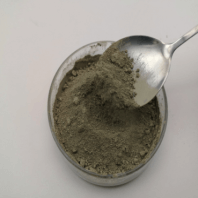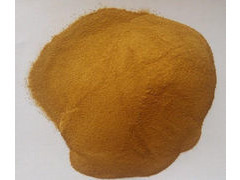Professional solutions on concrete addtives, Concrete Foaming Agent, Superplasticizer, CLC Blocks Additives, and foaming machine
(What PSI is High Early Concrete?)
What PSI is high early concrete?
Traditionally, concrete has had a compressive strength of 2,500 to 5,000 psi. This strength is required for walls, columns, beams, and girders used in buildings and bridges, and also for pavements. The tensile strength of concrete, on the other hand, is a much lower value. It is important to remember that concrete is brittle and that it will crack when a tensile force exceeds its tensile strength.
There are several factors that can be used to increase the compressive strength of a concrete mixture, including: Increasing the cement fineness; Increasing the C3S; Adding alkalies; Adding silica fume; Increasing the curing temperature; Using water-reducing admixtures; Using calcium chloride; and Increasing the hydration rate.
A hydrated concrete mix is more durable than an unhydrated concrete mix because it has more pore space for water to bind the aggregate and sand. It also has a higher flexural strength.
If an increase in the early strength of concrete is necessary, it should be done carefully. Anything that increases the hydration rate of cement is detrimental to durability, especially any increase in the hydrating rate caused by high values of fineness, C3S, or alkalies.
This is why many roadside repair projects are now being done with a special blend of concrete that has a higher compressive strength, typically at a seven-day strength, and then again at 28 days. This allows traffic to be opened up earlier than conventional concrete mixtures that require waiting times of three days or longer.
(What PSI is High Early Concrete?)







